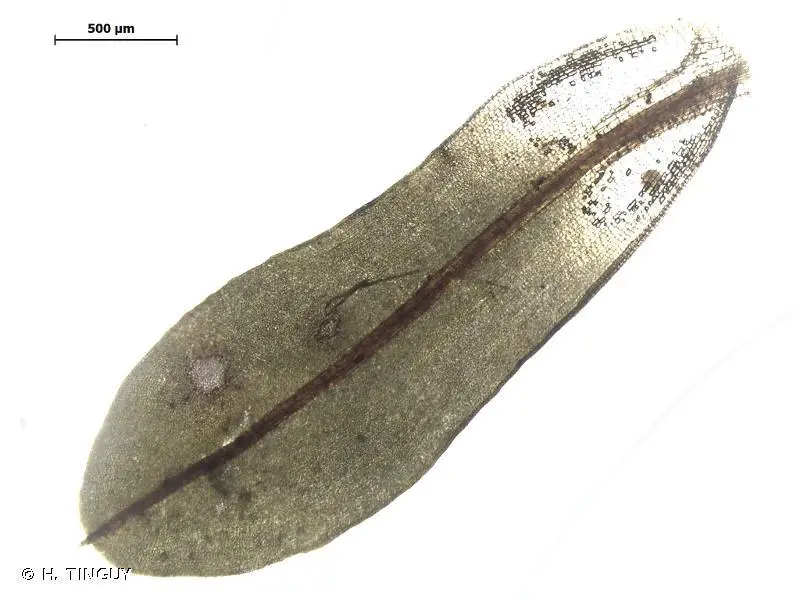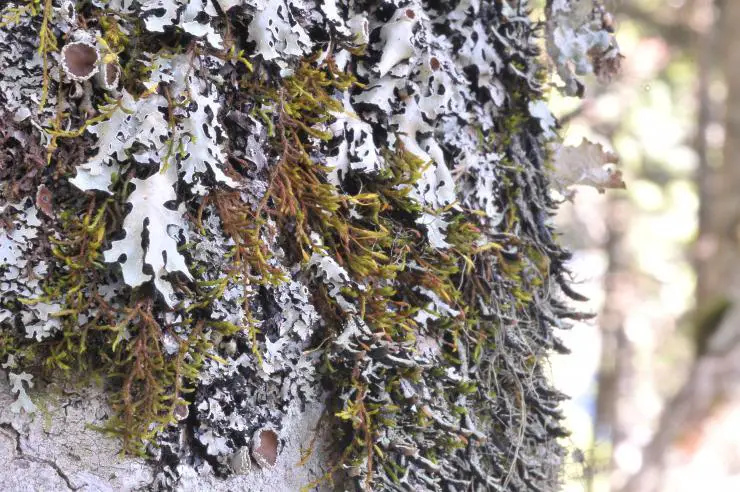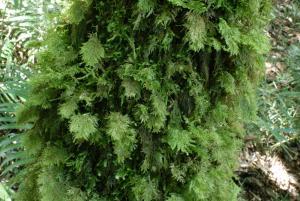Unveiling the Wonders of Pireella Moss: A Neotropical Epiphyte
Affiliate Disclaimer: As an affiliate, we may earn a small commission when you make a purchase from any of the links on this page at no additional cost to you!

392763.jpg from: https://inpn.mnhn.fr/espece/cd_nom/434243
Pireella pycnothallodes: A Fascinating Moss of the Pterobryaceae Family
Introduction
Today we’re diving into the world of Pireella pycnothallodes (Müll.Hal.) M.Fleisch.

5856d54f21c593d9017a4c708465902e.jpg from: https://openmuseum.tw/muse/digi_object/944be5363af1050246cc941b5ca41998
, a captivating moss species of the Pterobryaceae family. Also known simply as Pireella, this moss is a true wonder of the bryophyte world. Get ready to learn all about its unique features, global distribution, and ecological importance!
Background on Pireella Moss
Pireella pycnothallodes

5622e6df2ce9f1051a576c6c516b9db2.jpg from: https://taieol.tw/muse/digi_object/2355523fe7d6b11d4b7a8ac495911fd7
is a species of moss belonging to the Bryophyta division and Bryopsida class. The Pterobryaceae family it belongs to contains over 20 genera found in tropical and subtropical regions worldwide. Pireella moss was first described by German botanist Carl Müller in 1875.
Morphology and Identification
One of the most distinctive features of P. pycnothallodes is its pinnately branched stems that reach 3-5 cm long. The stem and branch leaves are ovate-lanceolate and have a strong costa (midrib). Leaf margins are entire below but serrate at the apex.
The moss is dioicous, meaning male and female reproductive structures are on separate plants. Sporophytes (spore-producing structures) are rare but have an erect, cylindrical capsule when present.
Global Distribution and Habitat
Pireella pycnothallodes has a wide distribution across the Neotropics, from Mexico and the Caribbean to Central and South America. It is found in lowland to montane tropical forests at elevations up to 2500 m.
This epiphytic moss grows on tree trunks, branches, and occasionally on rocks. It prefers humid, shaded habitats in undisturbed forests.
Ecological Roles and Adaptations
Like other mosses, P. pycnothallodes plays important roles in its forest ecosystems:
- Provides habitat for micro-organisms
- Helps regulate moisture and nutrient cycling
- Serves as an indicator of air quality and forest health
The moss has several adaptations for its epiphytic lifestyle and tropical habitat:
- Pinnate branching maximizes surface area for photosynthesis and moisture absorption
- Thick-walled leaf cells prevent desiccation
- Rhizoids anchor the moss to bark substrates
Conclusion
From its eye-catching pinnate stems to its crucial ecological roles, Pireella pycnothallodes is a prime example of the incredible diversity within the Bryophyta. The next time you’re in a Neotropical forest, take a closer look at the tree trunks and see if you can spot this marvelous moss! What other secrets of the bryophyte world are waiting to be uncovered?
